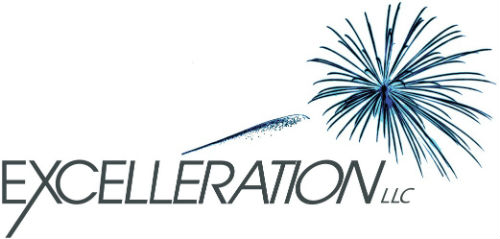Decision Making Mistakes to Avoid (Part 1)
/What do a managing partner debating the merits of a prospective merger and a teenager planning his Friday night have in common? They’re both trying very hard to make the right decision. Everyone struggles with this, and of course, it comes up all the time in business development, as in other areas of life. People use pros and cons lists, professional consultants, tarot cards, and literally thousands of other approaches to decision-making; yet humans remain appallingly bad at it.
Given that 83% of mergers and acquisitions fail to create value for their shareholders, and 61,535 tattoos were reversed in the U.S. in 2009, it would appear that neither analysis nor our instincts/desires are particularly reliable guides. No wonder, based on a completely unscientific sampling of my own clients, about 50% of people hire coaches, at least initially, to help with some form of decision-making. When faced with a decision, some people rely on their own reasoning and instincts, while others are more inclined to follow experts and authority figures. On the individualistic side, you have the advantage of knowing yourself, your team, your services and your passions better than anyone; while experts have perspective on the larger patterns and common errors. Both are helpful components in making good decisions but neither systematically addresses the most common pitfalls.
Chip and Dan Heath wrote a great book on decision making: “Decisive: How to Make Better Choices in Life and Work.” They identify the four largest decision making flaws as: (1) Narrow Framing—considering only one or very few alternatives; (2) Confirmation Bias—seeking out information that bolsters preexisting beliefs; (3) Short-Term Emotion—letting the prospect of short-term wins or losses have disproportional impact; and (4) Overconfidence—believing we know how the future will unfold.
Narrow Framing – When we first encounter a choice, we often move immediately to a yes/no framework rather than first spending time exploring how to widen our options. Studies have shown that in approximately two thirds of all decisions (both personal and corporate) the decision-maker considers only one option. For example, when a lawyer is presented with the opportunity to attend a networking event, he might think only in terms of attending versus staying in the office and doing billable work. He might think, “well, I know I need to work on my business development, so it’s better to attend.” Or he may think, “I just don’t have time, so I will stay in the office and bill.” In reality, however, there is actually a range of choices that could be far better aligned with his goals. He could stay in the office but spend one hour on the phone reconnecting with former classmates. He could go to dinner with a colleague in another practice area to brainstorm ideas for cross-selling, and then go back to billing. He could make a point of doing something above and beyond for a client and then ask for a referral next time they talk. Once we focus on expanding options, it becomes fairly easy to generate alternatives. However, left to our own devices, our brains go straight to the yes/no paradigm.
So, next time you are making an important decision, rather than merely accepting or rejecting advice from others, try talking with experts, colleagues and coaches to help you to get out of your own head and start generating options that really work for you.
To learn the other three most common decision making errors, read part 2 of this article.


